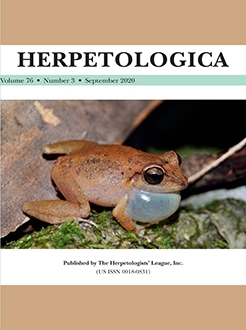Amphibian malformations occur naturally in wild populations. On Fernando de Noronha, Brazil, normal and dysmorphic Cururu Toads (Rhinella jimi) are found calling sympatrically in the same ponds. The very high incidence of dysmorphism (∼60%) that we found in this population confirms that the island remains a hotspot of malformed anurans. Considering that vocal communication is essential in the behavioral ecology in most anurans, we used distortion product otoacoustic emissions to assess the hearing sensitivity of normal and malformed male Cururu Toads and to compare the peak auditory sensitivity of each group to their call characteristics. Our results show that males with nontympanic malformations maintain a close match between the spectral features of their calls and the frequency tuning of their inner ears, much as the males in the normal population. In the face of rampant, wide-reaching somatic malformations, preserving their acoustic communication channel (as senders and as receivers) could allow dysmorphic toads to maintain their reproductive fitness.
How to translate text using browser tools
9 September 2020
Call Production and Auditory Sensitivity are Uncompromised by Nontympanic Malformations in Cururu Toads
Ariadna Cobo-Cuan,
Luís Felipe Toledo,
Peter M. Narins
ACCESS THE FULL ARTICLE

Herpetologica
Vol. 76 • No. 3
September 2020
Vol. 76 • No. 3
September 2020
Dysmorphology
Fernando de Noronha
hearing
Otoacoustic emission
Rhinella jimi




